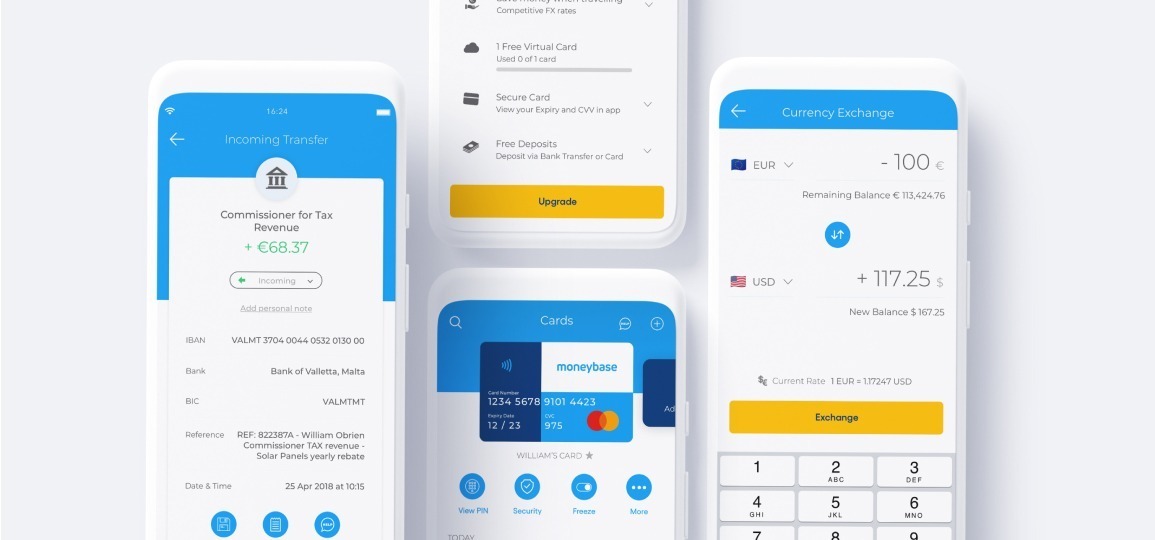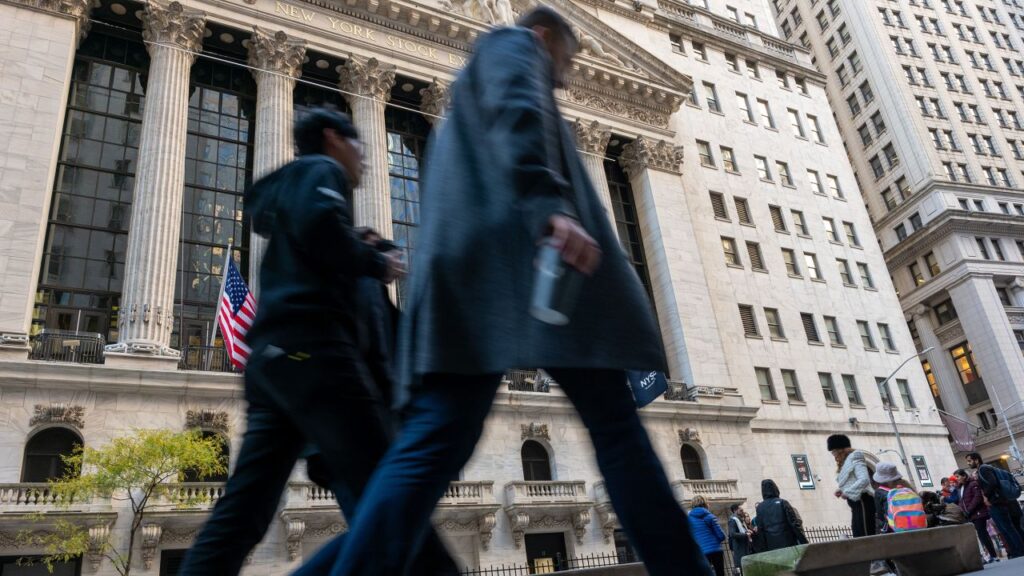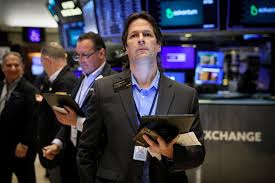It burst into the aviation scene with the goal of making air travel more affordable to the masses and for that it has been widely applauded. But Ryanair’s low-cost service has equated to a poor customer experience marred by unfavourable working conditions, heavy use of extra charges and a tendency to generate controversy in order to gain free publicity. To make matters worse, on February 13, 2006, Britain's Channel 4 broadcast a documentary as part of its Dispatches series dubbed "Ryanair caught napping". The documentary criticised the airline’s training policies, security procedures and aircraft hygiene, while it highlighted its poor staff morale and disclosed a photograph of a stewardess sleeping.
Yet, the sceptics cannot deny that with its low costs, no frills philosophy, the carrier has performed a praiseworthy service for much of the air travelling public, while it has had to compete with a strong oligopoly, introducing competition to the European flag airlines and air transport market. In the process, it has emerged a winner, growing from a small airline into one of Europe’s largest carriers. Currently experiencing a rebound spearheaded by vaccine rollouts across much of the world and travellers’ yearning to explore beyond their shores, Ryanair is on the way to recovery after the blow from the COVID-19 pandemic and whether loved or loathed, one thing is for sure, it has changed the way we fly.

A brief history of Ryanair
The Irish low-cost carrier began operations in 1985 after it was established by a group of businessmen including Tony Ryan, founder of aircraft leasing company Guinness Peat Aviation. Originally called Danren Enterprises, the founders shortly renamed it Ryanair and the newly-established airline started flying a 15-seat aircraft, transporting people between Waterford, Ireland and Gatwick Airport. A year later, a second route between Dublin and Luton was added, which brought it in direct competition with top industry dogs, Aer Lingus and British Airways, the duopoly at the time.
Eventually, under partial EEC (European Economic Community) deregulation, airlines could commence new international intra-EEC services as long as one of the two governments involved gave its approval in what was known as the so-called double-disapproval regime. Although the Irish government refused to approve, Britain’s prime minister at the time, Margaret Thatcher, gave her blessing. As a result, Ryanair carried 82,000 passengers in just one year with two routes and two aircrafts. Yet, it wasn’t until 1990 and following declining profits that CEO Michael O’Leary masterminded the company’s commitment to providing low-fare air travel after he endorsed the low fares model of U.S. airlines like Southwest Airline.
Then, when the Europea Union (EU) deregulated the airline industry, allowing carriers to increase their scheduled services across the region, Ryanair jumped on the opportunity. With the funds it had accumulated through its IPO, it managed to expand and launch services to places, such as Stockholm, Sandefjord Airport, Torp, Beauvais–Tillé and Charleroi near Brussels. Meanwhile, as the routes increased, so did the need for more planes. As a result, the company purchased 45 new Boeing 737-800 series aircrafts, costing the company $2 billion.
By early 2000 another game-changer made its way - the internet - and with it, Ryanair launched its website. With the ability to conduct online bookings, the site helped cut flight prices by selling diretly to passengers and excluding the costs imposed by travel agents. Within a year, the website was handling three-quarters of all bookings and in just under a decade, the entire process was streamlined, so much so that check-in desks were no longer needed. For the next 15 years, Ryanair continued to increase the routes on offer and by 2016, it was crowned the largest European budget airline by scheduled passengers flown, while it also managed to carry more international passengers than any other airline.
Today, the Ryanair Holdings group consists of Ryanair UK, Buzz and Malta Air which operate as sister airlines, it employs 16,000 skilled professionals in 84 bases in Europe and North Africa, while with its 2500 daily flights, it connects 37 countries.
When did Ryanair go public?
On May 29, 1997 Ryanair became a public company with a successful flotation on both the Dublin and Nasdaq stock exchanges. The shares were more than 20 times oversubscribed, with the share price surging from an initial price of €11 to a close of €25.50 on the first day of trading and the funds raised during the initial public offering was used to transform the airline into a pan-European carrier.
The stock has split four times so far, undergoing 2-for-1 splits in 2000, 2001 and 2007, which means that a single stock was split into two. So for instance, a 4,000-share position pre-split would have become an 8,000-share position post-split. The stock’s final split took place on October 2015, with a 975-for-1000 reverse split. In this case, for each 1,000 shares of the stock owned pre-split, the shareholder would now own 975 shares. So for example, if an investor has an 8,000-share position pre-split, this would become a 7800-share position following the split.
Theoretically speaking, when a company undergoes a shares split or a reverse share split, the market cap should remain the same, even though the greater liquidity may lead to market movement. Although shareholders own more shares than they used to before the split, these are valued at a lower price per share. More often than not, companies split their stock so that they can attract a wider range of buyers. In contrast, companies usually conduct a reverse share split due to the fact that shares may have fallen to a lower pre-share price point than the company would like. A reverse stock split reduces the number of outstanding shares in the market, so that existing shares are consolidated into fewer and more valuable shares, which could potentially result in a boost to the company’s stock price.
How much would an investment in Ryanair be worth today?
Taking the stock’s split history into account, an initial investment of €10,000 in the stock at the close of the first trading day on May 29, 1997 to September 30, 2021 would have grown to €394,503 for a total return of 3845.03%.

Is Ryanair a buy?
By early 2020, the budget airline was riding high after having increased its revenue by roughly 134% between the financial years 2011 and 2020, while it had uplifted 148.6 million passengers and connected 216 destinations between 2019 and 2020 alone. Ranking sixth in line in terms of largest airline group by passenger numbers worldwide, Ryanair was the leading carrier in Europe. At the same time, the worldwide commercial airline market was forecast to be worth $872 billion by 2020, while demand for global passenger air transport was expected to increase by 4.1% in 2020.
Then, with the outbreak of COVID-19 this demand dropped a staggering 66%, whereas the value of the commercial airline market also dipped to $372 billion. Ryanair saw its scheduled passengers boarded decreased to $1.7 billion in 2020, whereas its annual revenue also nosedived, marking roughly €1.6 billion in its fiscal 2020-2021 year. Meanwhile, Ryanair shares saw their worst days during the February and March sell-off, with the stock plunging nearly 50%, from trading at €16.10 on January 10, 2020 to trading at €8.45 on May 15, 2020.
Since then, the stock has been recovering progressively, benefitting from significant COVID-19-related developments, initially on the back of vaccine optimism and now thanks to the vaccine rollouts which are offering a glimmer of hope for the commercial aviation industry, with the stock currently trading at €16.90 on September 29, 2021. And so far, 2021 appears to be more promising as the airline saw passenger numbers in August increase, boosted by the EU Covid certificates. Operating over 71,000 flights in the month of August, traffic rose to 11.1 million passengers, up from 9.3 million in July and 7 million in the same month of 2020, when air travel reached its lowest point after being severely hit by COVID-19 restrictions. In effect, according to the carrier, 82% of seats were filled in August, compared with the 80% seats filled in July and 73% in August of last year. At the same time, for its Q1 2021, Ryanair reported a strong June cash balance of €4.06 billion, up from €3.15 billion recorded on March 31, while its net debt also fell from €2.28 billion on March 30 to €1.66 billion recorded on June 30.
And whilst Ryanair is grappling to recover, it was applauded for keeping its air fares low over the summer months, with tickets for popular summer destinations, such as Porto in Portugal, Paphos in Cyprus or Valencia in Spain offered at its well-known, affordable rates.
Recently, the company has raised its traffic forecast for the rest of the year to 10.5 million passengers a month in September, October and November from previous estimates of 10 million. And according to chief executive Michael O’Leary, as long as there are no adverse Covid developments, the airline is set for a strong recovery. Shares of the airline jumped 7% after it raised its passenger growth.
What’s next for Ryanair?
Just last month, the company laid out its recovery plan that covers the next five years and which aims to accelerate its post-COVID growth. Part of the plan is for the carrier to take delivery of 210 B737 Gamechanger aircrafts, which are expected to deliver lower costs and reduce emissions, while Ryanair will benefit further as opportunities open at both primary and secondary airports all over Europe, most especially where legacy carriers have reduced their fleet sizes as a result of the pandemic. And hoping for a brighter future, in April it announced its summer 2022 schedule, which includes over 10,000 flights per week across 500 routes, including its most popular destinations like the Greek islands, Naples, Malta, Ibiza and others, featuring a schedule brimming with city breaks, beach destinations, cultural experiences and much more.
And while the aviation industry’s future is still uncertain, it’s important to remember that it has had to overcome several hurdles in the past. From health epidemics, economic recessions and safety incidents, the sector has managed to rise to these challenges. How well the industry will do and in extension Ryanair will greatly depend on a range of events ranging from the actions that the governments, industry leaders and individual airlines will take during this period, together with how the COVID-19 crisis will unfold, how long the effects will last and how the industry recovers. With the vaccination rollout well underway spurring many to travel and improvements to its passenger numbers, Ryanair could well emerge relatively stronger than its peers.
How to invest in Ryanair (RYAYY) with Moneybase Invest
Ready to buy a share in Ryanair (RYAYY)? Your first step to tapping into a world of investment opportunities with Moneybase Invest is to sign up and open an account.
To do so:
- Download the app from either Google Play or the Apple App Store. Alternatively, you may access Moneybase Invest on your desktop by visiting https://live.cctrader.com/
- Once you’ve onboarded successfully and have funded your account, head over to the search bar at the top of your screen and input either the company name or ticker symbol.
- Select the instrument of your choice from the list and then click on the Buy button on the window located at the bottom of your screen.
- On the New Order page, input the number of shares you would like to purchase and hit the Place Buy Order. RYA has been added to your portfolio.
Access over 20,000 Stocks, ETFs, Bonds & Funds and over 4,300 fractional US shares and ETFs on our award-winning platform, with no hidden fees and instant market execution.
Moneybase Invest is brought to you by Calamatta Cuschieri Investment Services Ltd and is licensed to conduct investment services business by the MFSA under the Investment Services Act.
Moneybase Invest offers direct market access and speed of execution and is intended for knowledgeable and experienced individuals taking their own investment decisions. The value of investments may go up and down and currency fluctuations may also affect investment performance.
The contents of this article are not intended to be taken as a personal recommendation to invest but strictly based on research and for information purposes only. Retail investors should contact their financial adviser for a suitability assessment prior to taking any investment decisions.





